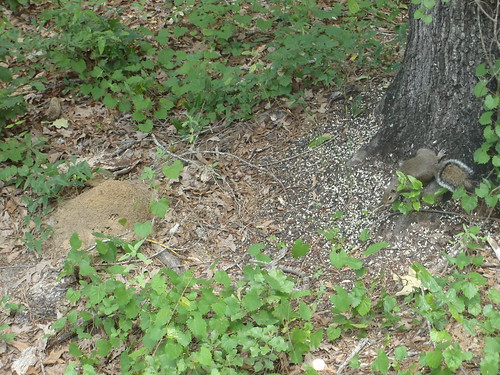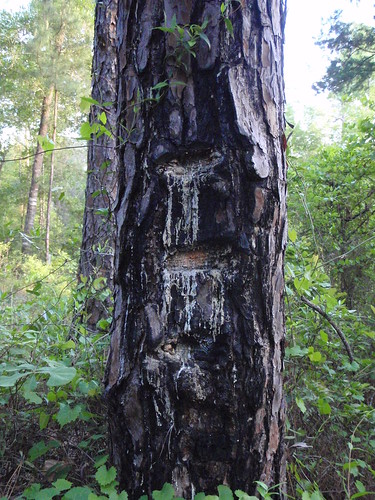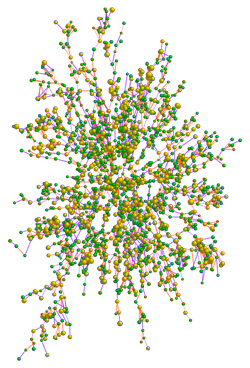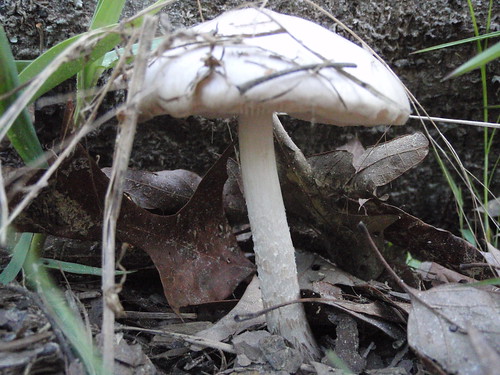 A couple of weeks ago Melanie Warner predicted this,
and now it’s happened:
Less is More: Hunt’s Ketchup Removes High Fructose Corn Syrup From Entire Retail Line
A couple of weeks ago Melanie Warner predicted this,
and now it’s happened:
Less is More: Hunt’s Ketchup Removes High Fructose Corn Syrup From Entire Retail Line
OMAHA, Neb., May 17 /PRNewswire-FirstCall/ — Hunt’s®, a ConAgra Foods brand, is pleased to announce that it has removed the high fructose corn syrup from every bottle of its ketchup products. Hunt’s 100% Natural Ketchup brings forth the naturally rich tomato flavor of Hunt’s tomatoes and contains only five simple ingredients: tomatoes, sugar, vinegar, salt and other seasonings, with no high fructose corn syrup, artificial ingredients or preservatives.This is the same ConAgra that said:“In direct response to consumer demand(1), Hunt’s is pleased to offer ketchup sweetened with sugar and containing only five simple ingredients,” said Ryan Toreson, Hunt’s Ketchup brand manager. “Parents are looking for wholesome meals and ingredients they recognize—and the taste of Hunt’s ketchup is something both kids and adults love. Even with the new recipe, we have maintained the same great tangy, sweet taste that Hunt’s has always had and that consumers tell us they prefer.”
“Our focus is on consumer preference, not the science.”That would be the science that said:
“When rats are drinking high-fructose corn syrup at levels well below those in soda pop, they’re becoming obese — every single one, across the board. Even when rats are fed a high-fat diet, you don’t see this; they don’t all gain extra weight.”So a corporation that doesn’t care about science that says a key ingredient in their product makes rats fat, every one of them, in ways that produce the same risk factors that in humans contribute to high blood pressure, coronary artery disease, cancer, and diabetes, that same corporation does care when its customers say they don’t want that ingredient.
As ConAgra says in the press release:
(1) The 2009 HealthFocus® Trend Report indicated consumer concern over high fructose corn syrup has risen from 27% of shoppers being extremely or very concerned in 2004 to 45% of shoppers in 2008.Voting at the supermarket checkout works.










